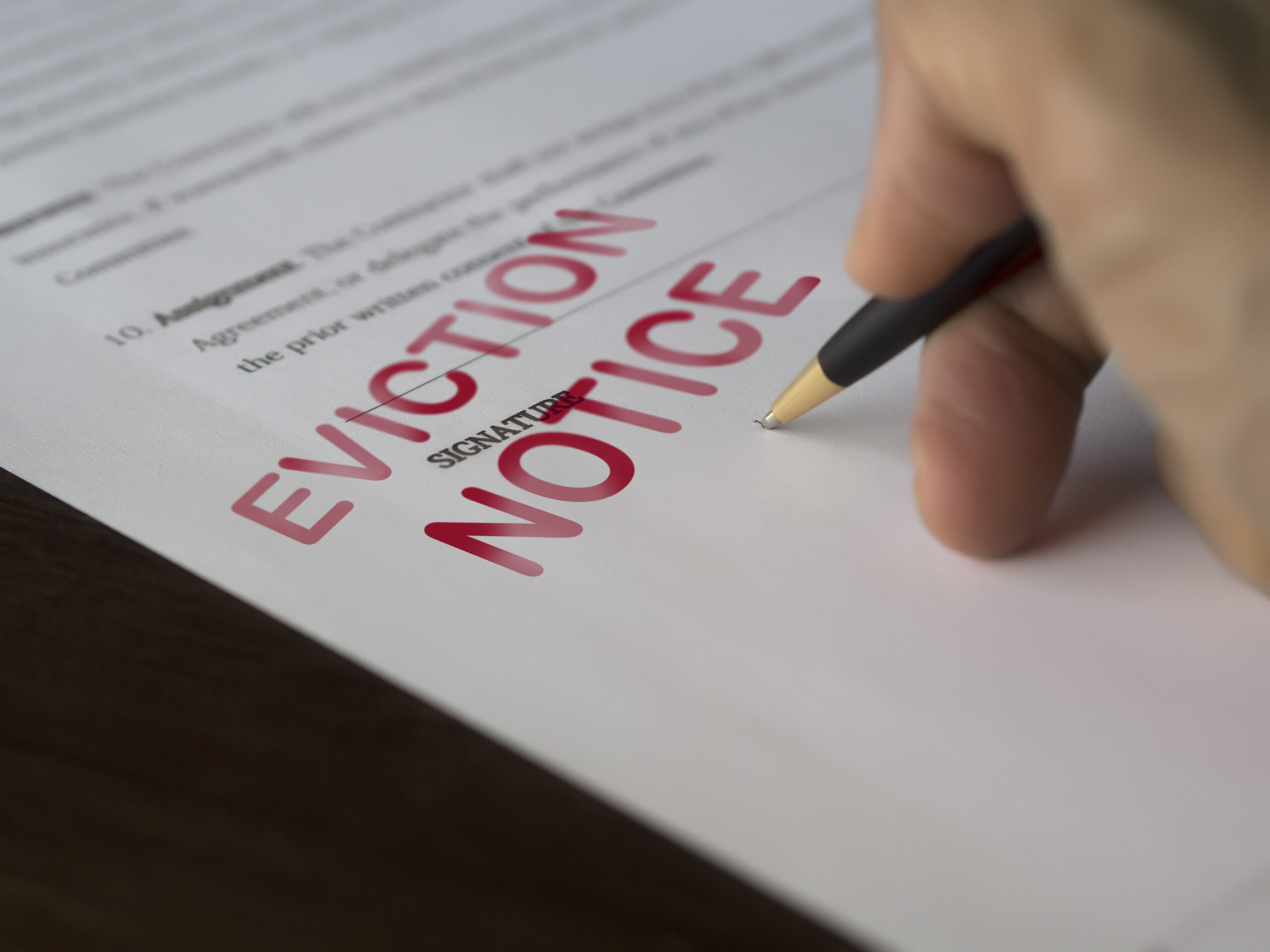
It has always been crucial for commercial landlords to have thriving tenants instead of fighting battles with difficult tenants on the brink of eviction. This need has often become clearer as the Covid-19 pandemic continues, often highlighting more troublesome tenants.
Formally evicting a tenant may seem like a painful process, but it can be more beneficial and cheaper than keeping a bad tenant long term. If you have determined a tenant is due for an eviction, we've outlined a few of the steps you'll need take into the account during the eviction process.
First of all, the CARES Act barred evictions, beginning March 27th of this year, for 120 days. While this deadline has expired, many state and local governments have passed their own eviction moratoriums. Be sure to confirm locally if evictions are now allowed or if they are still barred. If evictions are being allowed in your area, it is important to confirm and have documentation that your tenants have continued to violate terms in their leasing agreement past the moratorium deadline.
Secondly, if you have chosen to evict, act within the provisions of the law. Locking out a tenant or removing property owned by the tenant before the eviction process has been completed is considered illegal. Evictions must be done properly, and they can take time.
Before beginning an eviction, consider the following: Landlord and tenant rights vary state by state. Review your state’s laws prior to commencing eviction processes. Keep in mind that if the eviction is taken to court, both the tenants and landlords rights are considered. Before beginning an eviction, do your due diligence to ensure that your duties as a landlord have been fulfilled as prescribed by the agreement, local laws, and policies. These duties may include keeping the unit safe, free of infestation, and keeping the unit in good repair (heating, etc). Refer to the leasing agreement and verify all landlord obligations have been met. Often, courts will rule in the tenants favor if the landlord fails to uphold their duties as a landlord.
Further, a tenant cannot be evicted without probable cause and proof of the tenant violating the leasing agreement. Some examples of tenant violation may include:
The eviction must be a clear violation of the leasing agreement, and as mentioned before, you must have evidence or proof to bring to the court. Proof may include pictures of damage, bounced checks, or police reports.
Once it is determined that eviction is necessary and that the landlord has upheld their side of the rental agreement, serve a three-day notice to the tenant. In writing, this notice will inform the tenant that they have three full days (first full day is considered the day after the notice is delivered) to adhere to the leasing agreement. The notice must be served to the tenant themselves or a manager on the premises. In addition, another notice may be posted on the front door. If the tenant is not on the premises, and the notice is served to another official, verify via certified mail that the notice is also mailed to the tenant.
An example of the tenant complying with the three-day notice would be to pay the past due rent in full. Outline specifically the terms in the notice, such as recording the exact amount of rent that is owed. The tenant has three full days. No attempts to evict can take place until after the three days. If the tenant complies, either by paying rent in full or compiling to the other requirements in the notice, no eviction can take place. If the tenant does not comply or does not comply fully, such as only paying partial rent, by the end of the three days, there must be an understanding that eviction will still take place. Partial compliance doesn’t bar them from eviction.
If the tenant has not fulfilled the terms set in the three-day notice, begin the eviction process immediately. As with any eviction process, it is highly recommended for landlords to obtain an attorney, preferably one with experience in commercial real estate and evictions. An attorney will help keep all eviction proceedings legal, like determining if a tenant has declared bankruptcy. In this instance, all creditors, including landlords, are not allowed to collect debt. The landlord’s attempts to collect may result in penalties and additional fees. An attorney can also be helpful in filing an unlawful detainer lawsuit, which is often the next step taken to court.
If the tenant has refused to fulfill the terms of the leasing agreement and the three-day notice, a court day will be set. In preparation for the hearing, gather all relevant documents to your case. These documents may include, but not be limited to:
The judge will hear both tenant and landlord arguments, so keep in mind having the proper documentation and an attorney who knows how to argue your case and speak to the judge will be critical to gaining a ruling in your favor. If the court does rule in your favor, the tenant will be given a specific amount of days to vacate and the eviction process can continue. If the tenant does not vacate in the court-allotted time, the landlord will need to arrange a time and day with local law enforcement to evict the tenant.
The worst thing to experience after the stress, pain, and cost of an eviction is to go through another eviction. With a newly vacant space, the most important task will be filling it with a vetted, strong tenant. Retailsphere is focused on helping landlords find high quality tenants to fill your vacancies. If you know you have an eviction in process, it can also be beneficial to start back filling your spaces to decrease time it is empty. Schedule a demo today and to see how simple your tenant search can be.
This article does not constitute legal advice. We recommend that you consult with legal counsel regarding any eviction process.